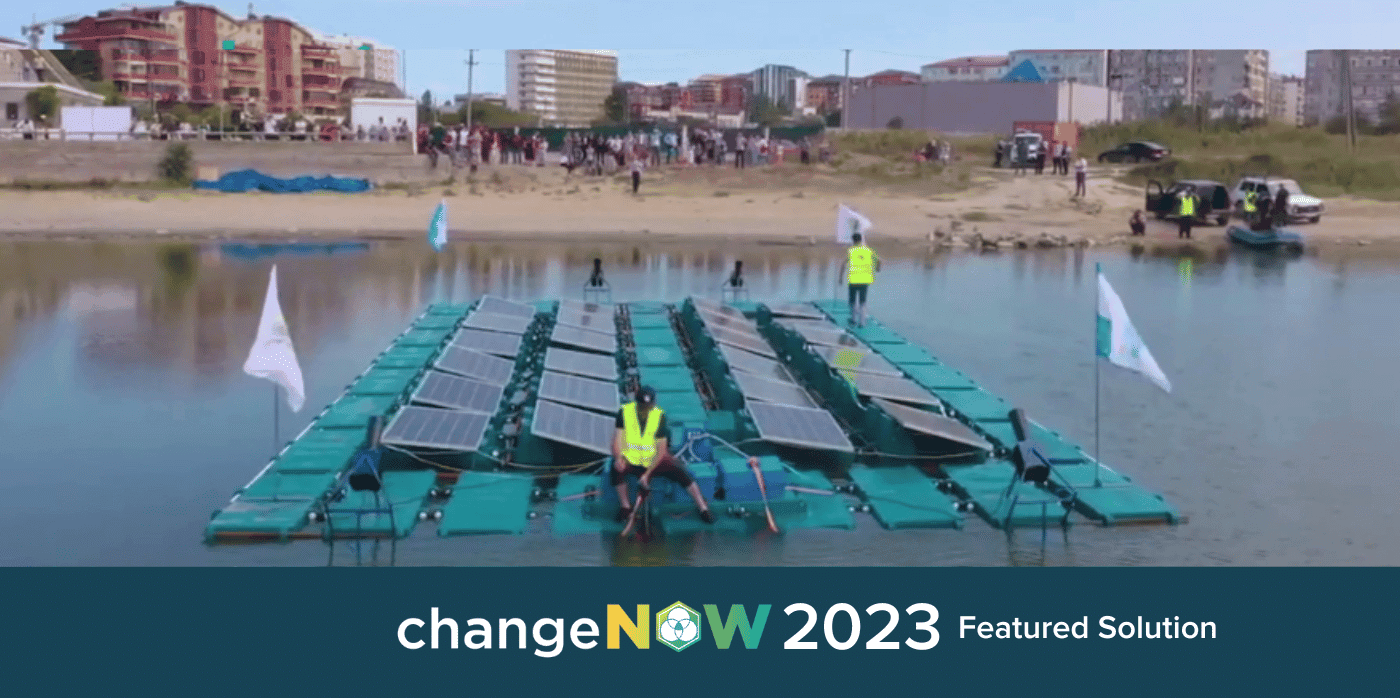
Spotted: The International Energy Agency’s (IEA) analysis of the solar photovoltaic industry found that “more than [a] threefold increase in annual capacity deployment [is needed] until 2030” in order to meet the global net-zero emissions goal for 2050. That is a huge increase in capacity and is a volume most agencies and governments struggle to meet. Solar farms in general require a significant amount of ground space, making it difficult to find locations that are large enough and close enough to the communities they serve to minimise transport costs.
France’s HelioRec is looking to coastal waters as a potential solution to this challenge. Many densely populated urban areas lack the land needed to build renewable energy sources at a usable scale. Many of those cities are, however, located on the coast. By looking to the surface of the nearby bodies of water as a potential foundation for a renewable energy plant, an entirely new space of opportunity is created.
HelioRec’s floating solar systems are customisable, made from recycled plastics, and designed to minimise maintenance costs and time. The floating solar farms use water for balance and stability, rather than costly and environmentally damaging concrete or metal. The company’s bespoke, flexible connectors make a range of configurations and sizes possible, with output ranging from 10 kilowatts (kW) of energy up to 100 megawatts (MW).
The company uses algorithms to help predict energy generation, making it easier for users to plan for a volume of power to sell and to project how much should be available for times of peak demand. The solar farms can also be used as a dock and charging station for electric boats.
Innovators are increasingly looking to the world’s waterways for solutions to global challenges. Recent developments spotted by Springwise include a nanogenerator that harnesses the energy of the ocean to power sensors and a floating platform for generating continuous electricity from rivers.
Written By: Keely Khoury

